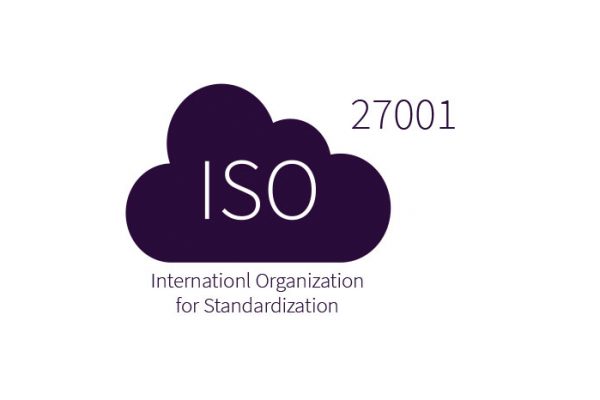The key to successful travel and tourism marketing
Digital marketing has turned conventional industry wisdom on its head. The approach used to be all about push communication; now it’s about pull marketing – and nowhere is this shift more evident than in the promotion and management of travel and tourism brands.
The tourism industry in general has enthusiastically adapted the concept of branding in today’s changing travel landscape. It’s no coincidence that so many marketers have been quick to recognize the power and reach of digital media in building a brand designed to encapsulate the allure of a particular country or destination.
That initial element of brand development remains essentially within the control of the brand manager, but there is another vital dimension to consider: what are people saying to one another about that country or destination? Opinions broadcast across digital or social media will naturally influence the perception of a destination significantly, because visitors can, and want to, share their experiences.
It follows that the real key to successful tourism and travel marketing lies in an ability to influence the influencers – to maintain positive consumer perceptions.
Understand the audience
Brand leaders in travel and tourism are rapidly adapting to current trends and acquiring the skills they need to promote destination distinctiveness.
However, digital marketing is as much about understanding and interacting with consumers as it is about projecting brand values. It has to be accepted that consumer behavior is changing as access to digital communication and social media becomes ever more prevalent. Consumers these days expect to interact with the brand itself, not simply to buy its products or services.
Of course this implies the need effectively to surrender a measure of brand control to the consumer. That may sound a bit unnerving, but the truth is that brands simply have to accept this growing consumer power as a fact of life and run with it, or risk losing out to competitors.
Embrace social media
Consider rethinking your strategic approach to communications and look at other tourism brands that have succeeded in becoming platforms where people connect. Take Tourism Australia for example. It has the most successful social media team in the world with more than five million followers. These people can be relied upon to post inspiring images of Australia as a boost to tourism. That’s powerful stuff!
And how about this personal experience: I spent time off during a business trip to San Francisco earlier this year hiking around Half Moon Bay. We arrived at the town to find two cafes, side by side. Which to choose? Instead of making a decision on the basis of their branding, architecture, environment or food, our first resource was a smartphone, from which we selected based on their respective Yelp customer ratings.
Influential ambassadors
Ontario in Canada is advertising for a brand ambassador, Tourism Australia’s ‘Friends of Australia’ program is known to connect with influential names from the sporting and cultural worlds in order to promote the country and the Colorado Tourism Office taps into multiple ‘unofficial’ brand ambassadors by sharing user photos on their Facebook page and engaging followers to help tell the visual story of Colorado.
Whether it’s social sharing, solicited recommendations from locals on the street or hiring resident writers and photographers to share their own stories of a place, brand ambassadors are encouraged to big up a destination in social media and consumer-facing platforms specifically to stimulate tourist numbers.
It works, and with the right application it can work for your destination too.
New technologies
In recent years we have witnessed the rise of digital platforms that are gradually changing the way we behave towards and perceive brands. From marketing management platforms that allow marketers to control and share content across channels while maintaining brand consistency, to companies such as TripAdvisor and AirBnb which are changing the way travelers plan their trips, make buying decisions and share experiences. AirBnb enables people to rent out their own domestic accommodation to visitors, allowing them to experience real life and meet local people rather than opting for the corporate atmosphere of hotel living. Like many, whenever I go to the States on a business trip, I invariably use AirBnb.
TripAdvisor gets more than 200 million hits a month from people planning trips and looking for honest hotel and restaurant reviews from other travelers. That’s a measure of the impact customer interaction can have on any brand.
All of the above examples point to the growing importance of the customer’s role in successful branding and brand management. The customer-focused approach is all about getting customers onside and encouraging them to express their loyalty to your brand and what it stands for.
In terms of developing your particular destination as a strong, identifiable brand, the key undoubtedly lies in seizing every opportunity to engage in the conversations your visitors are having; to be involved in their decision-making; and to be ready to allow your brand to be part of people’s experiences.
To find out more about how brands in the travel & tourism industry can share digital marketing content via their digital asset management system while enhancing their brands, click here .
Click here to find out more about Brandworkz brand asset management



